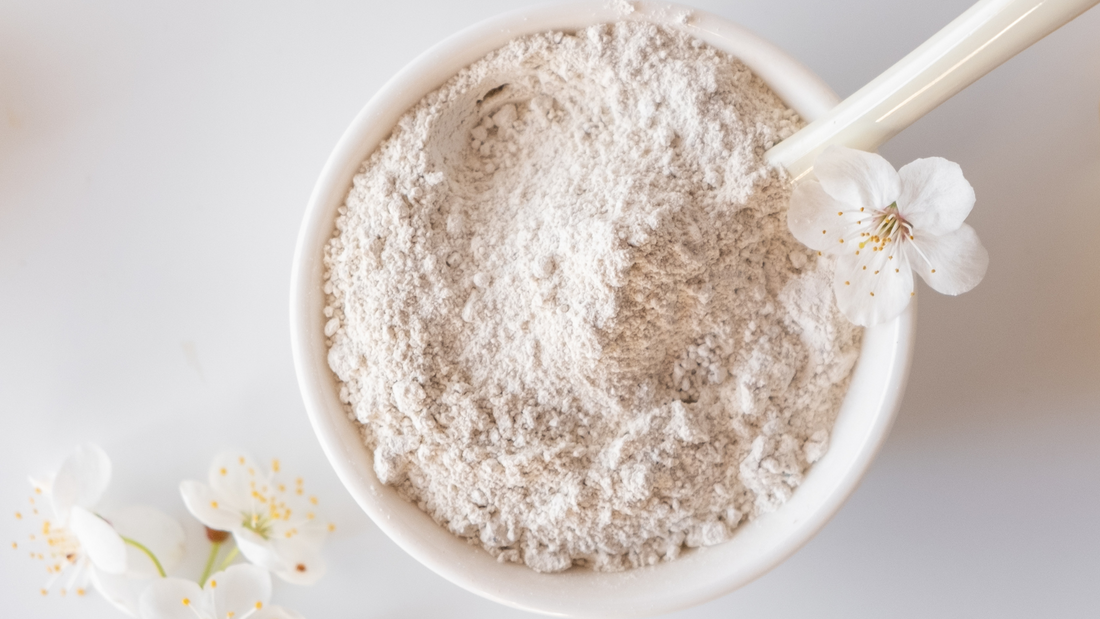5 golden rules of clay mask application.
There’s something wonderfully grounding about a clay mask. It’s a ritual that feels simple yet purposeful, connecting us to the earth while offering our skin the purest care. For beauty minimalists and those with sensitive skin or fragrance concerns, clay masks can be a gentle way to nourish and rebalance, without overcomplicating your routine. Here are five golden rules to keep in mind, ensuring your skin and the planet feel equally loved.
1. Choose your clay wisely
Not all clays are the same, and their unique properties make each suited to different skin types. Kaolin clay is soft and soothing, ideal for sensitive or dry skin. It’s also the hero ingredient in the Pellimont Calm and Clarify Face Mask, known for its ability to gently cleanse and restore balance without irritation.
Other clays, while effective, can have drawbacks for sensitive skin. Bentonite clay, though excellent for drawing out impurities, can be overly drying and leave the skin feeling tight. This process can also sometimes result in an initial breakout, as your skin purges trapped oils and toxins. Rhassoul clay, known for its ability to reduce excess oil, may be too stripping for already dry or sensitive skin and French green clay, whilst rich in minerals and highly absorbent, can be too intense for delicate skin types, potentially causing irritation.
2. Prepare your skin with intention
Before applying the clay mask, it's crucial to prep your skin to maximise its effectiveness. A gentle cleanse is all you need to remove daily impurities. Avoid harsh exfoliants; a soft muslin cloth and warm water can do the trick without overwhelming fragile skin. This simple step allows the clay to meet your skin directly, free from barriers, for a deeper connection.
3. Embrace the ritual, not the excess
With clay masks, a light touch goes far. Apply a thin, even layer using your fingertips, avoiding the delicate eye and lip areas. It’s less about perfection and more about presence. Sit quietly, breathe deeply, and enjoy the stillness while the mask works its quiet magic.
4. Listen to your skin’s timing
Timing is gentle intuition. Leave the mask on just until it begins to feel cool and firm, but not dry or cracked. This is when the clay has done its job without pulling too much moisture from your skin. Typically, 5 minutes is perfect for sensitive skin. Rinse with lukewarm water, using soft, circular motions, and pat dry with care.
5. Restore and replenish
After rinsing, your skin is ready to drink in hydration. Use your favourite moisturiser or a few drops of a pure, lightweight oil, like jojoba or squalane. This step not only soothes, but seals in the benefits of the mask, leaving your skin soft, balanced, and content.
A clay mask doesn’t have to be complicated to be effective. By honouring simplicity, choosing gentle ingredients, and staying mindful of the planet, you can turn this small ritual into something truly meaningful.

